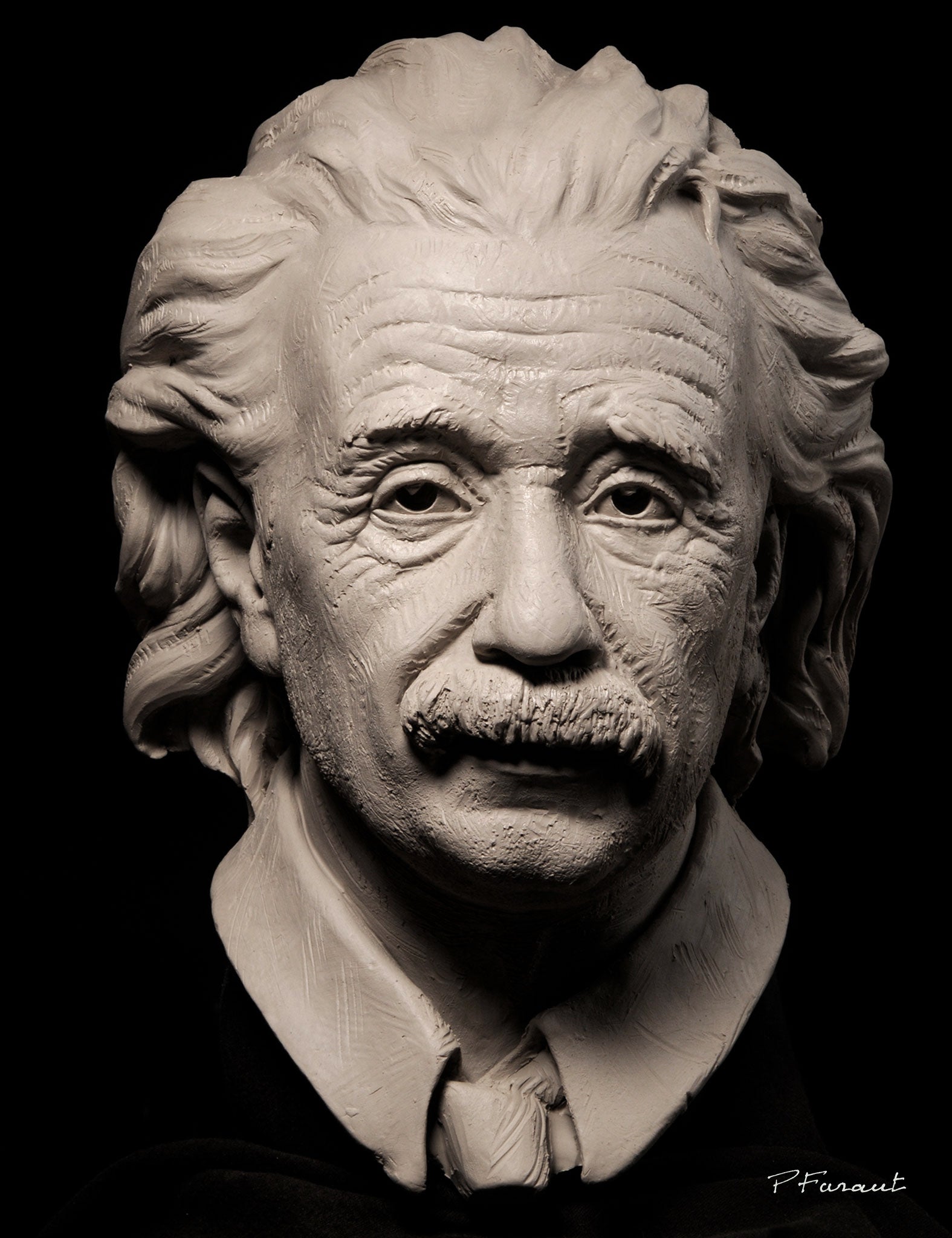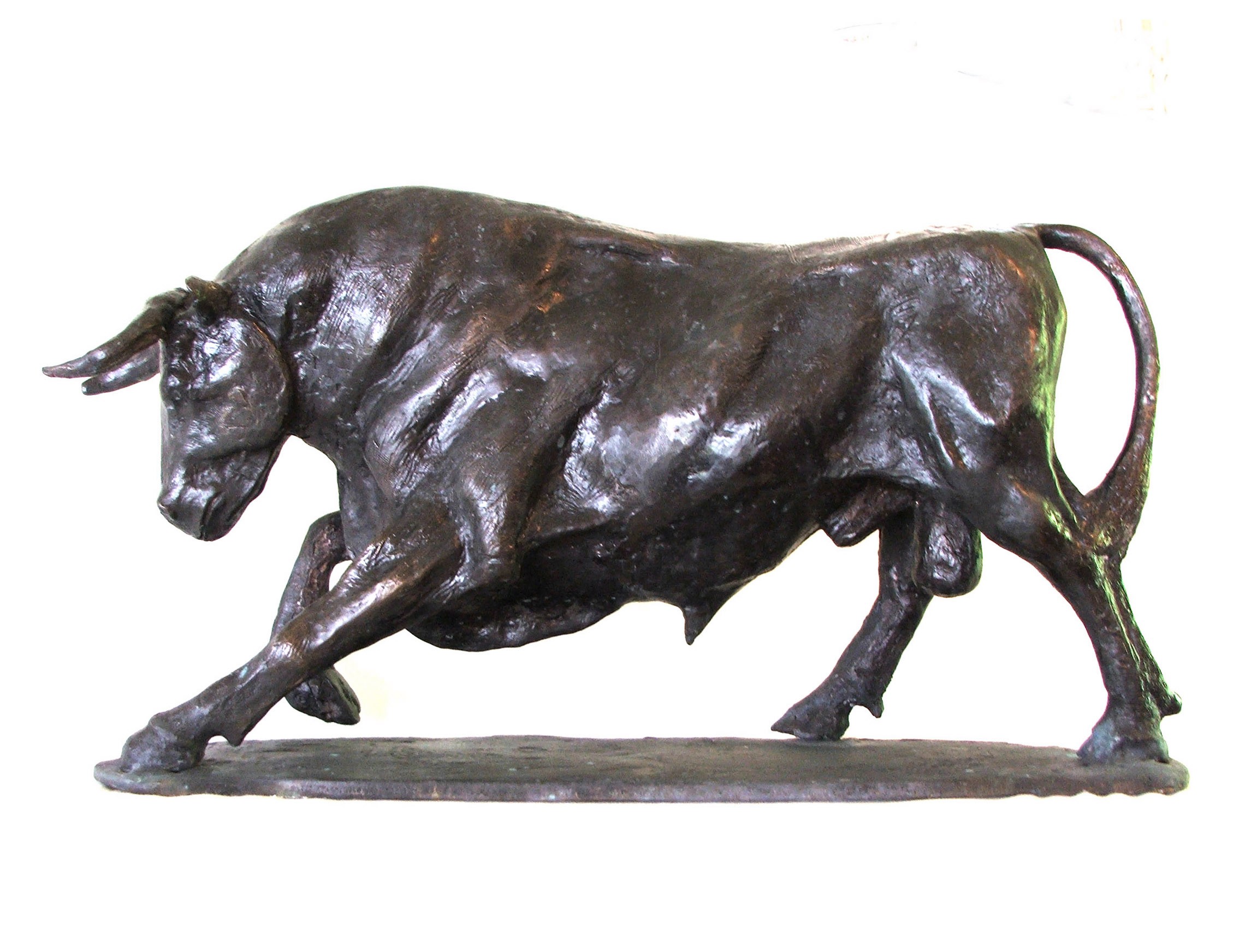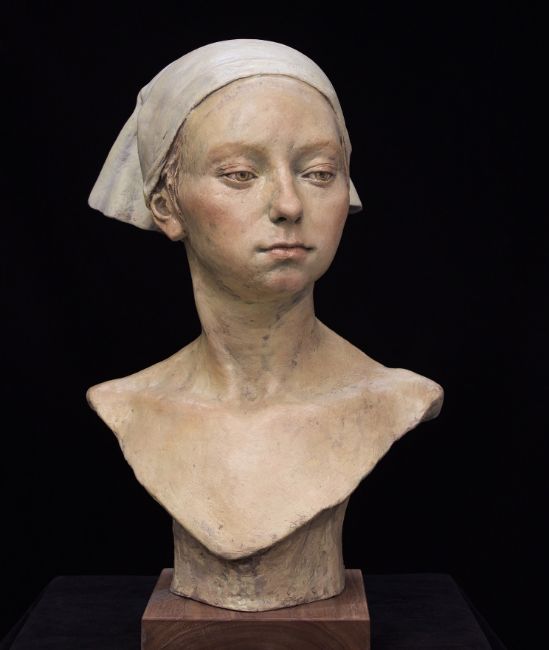The Impact of Nature in Sculpture Art
The impact of nature in sculpture art is a subject that has astounded musicians throughout history. Significance of natural components is an additional means in which nature affects sculpture, as musicians imbue their developments with the meaning and organizations integral in these aspects - Bronze Sculptures. Inevitably, sculpture art has the power to capture the transience of nature, freezing a minute in time and enabling us to appreciate its appeal in eternity.
Organic Forms and Shapes
Organic forms and kinds, inspired by the intricate patterns and harmonious structures discovered in nature, play an essential function in the realm of sculpture art. Sculptors have long been captivated by the beauty and intricacy of the all-natural world, finding motivation in the elegant contours of a seashell, the fragile flowers of a blossom, or the twisting branches of a tree. By imitating and abstracting these natural forms, musicians are able to create sculptures that evoke a feeling of consistency and balance.
One of the factors organic kinds and forms are so common in sculpture art is their ability to get in touch with visitors on a deep emotional degree. The environment recognizes to us all, and when we see these kinds represented in art, it elicits a feeling of comfort and acknowledgment. It reminds us of our area in the grand plan of points and enables us to get in touch with something higher than ourselves.
Moreover, organic kinds and forms in sculpture art typically embody a feeling of movement and energy. The flowing lines and dynamic make-ups simulate the consistent movement and development found in nature. This develops a sense of vigor and brings sculptures to life, making them look like if they could remain to evolve and alter before our eyes.
Texture and Material Expedition
A significant facet of sculpture art influenced naturally is the expedition of texture and products via making use of different strategies and mediums. Artists often draw motivation from the varied textures discovered in the all-natural globe, such as the rough bark of a tree, the smooth surface area of a pebble, or the detailed patterns on a leaf. By including these textures into their work, artists can produce a tactile experience for audiences, inviting them to engage with the art work on a sensory level.
Texture can be accomplished in sculpture via a range of approaches. Some artists select to sculpt or sculpt directly into the selected product, creating a three-dimensional surface area that imitates the appearances located in nature - Robert C Hitchcock Sculptor.
Product exploration is also a considerable part of sculpture art influenced by nature. Musicians might venture into undiscovered territory, seeking out brand-new products that stimulate the essence of the all-natural world. They may incorporate all-natural elements like branches, leaves, or even soil right into their sculptures, obscuring the boundaries in between art and the environment. By pushing the limits of traditional products and techniques, artists can create visually stunning and conceptually abundant jobs that celebrate the charm and diversity of nature.
Meaning of All-natural Elements
The incorporation of all-natural components in sculpture art includes a layer of importance and depth to the artwork. By using article materials discovered in nature, artists are able to imbue their developments with definition that reverberates with customers on an extensive degree. Natural aspects such as wood, stone, and plants have been used throughout background to convey numerous symbolic messages.
Timber, for instance, commonly represents strength, growth, and toughness. Sculptures crafted from this material can evoke a feeling of link to the planet and the cycles of life. Rock, on the other hand, is usually related to durability and endurance. Sculptures carved from rock can represent the ageless nature of certain concepts or ideas.
Flowers and plants are also regularly integrated right into sculpture art, representing styles of growth, charm, and revival. The fragile petals and lively shades of flowers can evoke sensations of pleasure, while the intertwining branches of plants can symbolize interconnectedness and unity.
In addition to these natural materials, sculptors might also make use of natural components such as fire, wind, or water to further enhance the symbolic message of their artwork. These aspects can stand for the transformative power of nature, the flow of time, or the pressures that form our globe.

Representations of the Environment
Reflections of the Setting can be seen in sculpture art through the consolidation of all-natural elements and the portrayal of eco-friendly themes. Carvers often attract ideas from the environment, utilizing products such as wood, stone, or also recycled materials to create their art work. By utilizing these natural environments, they not only admire the atmosphere yet additionally create a more powerful link between the artwork and its environments.
In enhancement to the materials used, sculpture art likewise shows the setting via the representation of ecological themes. Numerous carvers select to illustrate pets, plants, or landscapes in their job, highlighting the elegance and delicacy of the all-natural globe. These sculptures act as reminders of the importance of protecting our atmosphere and the requirement for lasting techniques.

In addition, ecological sculptures usually intend to elevate recognition regarding pressing environmental issues. They act as graphes of the influence of human tasks on the setting, such as contamination, deforestation, or climate adjustment. By illustrating these problems in their artwork, artists want to influence viewers to act and end up being more aware of their very own environmental impact.
Catching the Transience of Nature
Sculpture artists additionally explore the impact of nature by skillfully recording the ever-changing and ephemeral aspects of the natural world. With their virtuosity, these artists aim to portray the fleeting appeal and transience of nature, evoking a feeling of marvel and consideration in viewers.
One method which sculpture artists catch the transience of nature is by making use of materials that are themselves based on degeneration and modification. For instance, artists might pick to work with natural products such as leaves, blossoms, or timber, which naturally degrade over time. This intentional selection highlights the impermanence of nature and reminds us of the unpreventable cycle of life and death.
Furthermore, sculpture musicians often employ methods that develop a feeling of movement and fluidity in their work. By including moving lines and dynamic forms, they communicate the ever-changing nature of the environment. This can be seen in sculptures inspired by wind, water, or the growth of plants, where the artist seeks to record the significance of consistent motion and change.
Additionally, some musicians pick to create short-term or site-specific installments that interact with the atmosphere. These ephemeral sculptures, made from products such as light, ice, or sand, are intentionally created to gradually disappear or alter with time. By welcoming the short-term nature of their creations, artists invite audiences to assess the short lived beauty of the natural world and the impermanence of human presence.

Verdict
In final thought, nature has an extensive influence on sculpture art (Equine Sculptures). Texture and material exploration even more enhance the connection to nature, as artists frequently include natural materials right into their sculptures.
Symbolism of natural aspects is another way in which nature affects sculpture, as musicians imbue their creations with the significance and organizations inherent in these aspects.A considerable facet of sculpture art influenced by nature is the exploration of structure and products via the usage of various techniques and mediums (Portrait Sculptor).Material exploration is likewise a substantial component of sculpture art affected by nature.One means in which sculpture artists capture the transience of nature is by using materials that are themselves subject to degeneration and modification. Appearance and product exploration even more improve the link to nature, as musicians often incorporate natural materials right into their sculptures